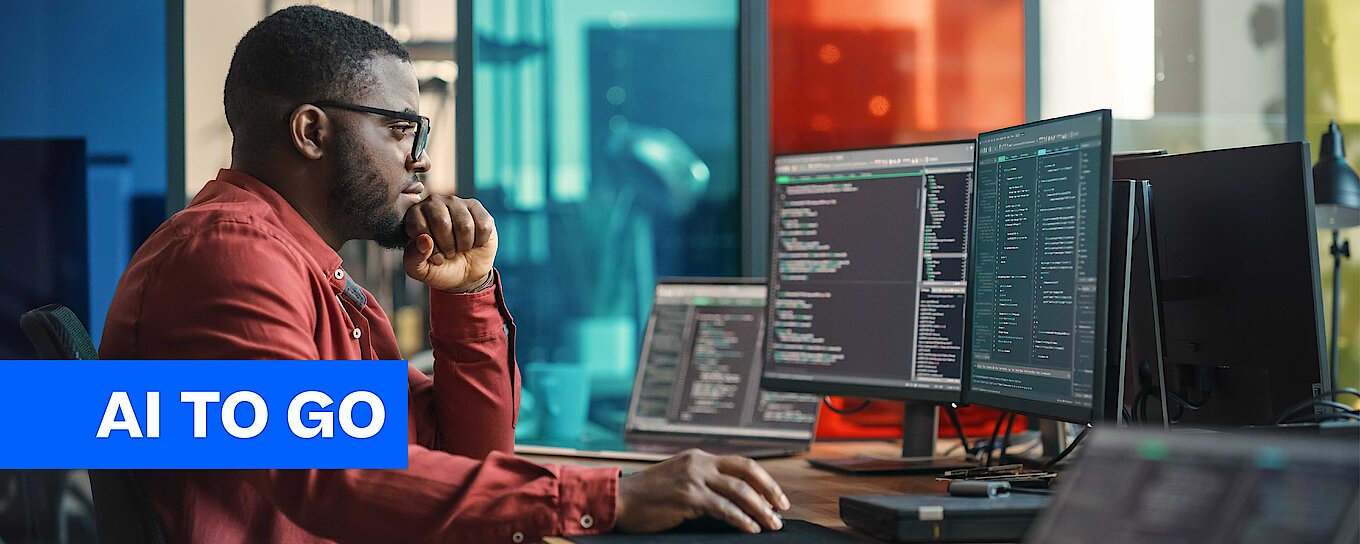The global cost of cybercrime is projected to reach $10.5 trillion annually by 2025, according to Cybersecurity Ventures. These escalating costs underscore the need for advanced security solutions. AI in cybersecurity offers a unique advantage by not only automating defense processes but also by adapting to new threats in real-time. This adaptability is essential given the rising complexity of attacks, such as ransomware and zero-day vulnerabilities.
AI’s core advantage in cybersecurity lies in its ability to process massive amounts of data to detect unusual patterns. Unlike traditional security systems, which rely on known threat signatures, AI-powered threat detection tools can analyze billions of events to spot anomalies that indicate potential attacks. For example, IBM’s X-Force reports that AI can detect advanced persistent threats 60% faster than manual methods, reducing the window of vulnerability for organizations.
Leveraging Machine Learning for proactive defense
Machine learning allows cybersecurity systems to continuously improve by learning from past data. By studying both historical and real-time information, machine learning models predict future attack vectors and adjust security measures accordingly. Microsoft’s Security Intelligence Report highlights that machine learning-driven defenses in their systems helped prevent over 6.5 billion malware attacks in 2022 alone, demonstrating the power of proactive AI-driven defense.
The role of Natural Language Processing in threat intelligence
Natural Language Processing (NLP) enables cybersecurity tools to analyze vast amounts of unstructured data, such as threat intelligence reports and dark web forums, to identify emerging threats. NLP can quickly sift through this data and provide actionable insights, helping security teams stay ahead of threat actors. This capability is particularly valuable for businesses with limited resources for in-depth threat analysis.
Reducing false positives and streamlining security operations
AI also addresses a persistent challenge in cybersecurity: false positives. Traditional systems often produce an overwhelming number of alerts, many of which are false alarms. By refining pattern recognition and anomaly detection, AI minimizes false positives, allowing security teams to focus on genuine threats. According to Gartner, AI-based solutions have reduced false positives in some organizations by up to 50%, freeing up valuable resources for more strategic tasks.
Ethical and privacy considerations in AI-powered cybersecurity
While AI’s contributions to cybersecurity are significant, ethical considerations and privacy concerns must also be addressed. AI systems often handle sensitive data, raising questions about data privacy and responsible use. The European Union’s General Data Protection Regulation (GDPR) and other privacy frameworks set standards for data handling in AI applications. Companies leveraging AI in cybersecurity must ensure they adhere to these standards to build trust with clients and stakeholders.
Looking forward: The future of AI in cybersecurity
The potential for AI in cybersecurity continues to grow as cyber threats evolve. AI is increasingly integrated into comprehensive security strategies, enabling organizations to respond more rapidly to threats and develop proactive defense measures. As AI technology advances, we can anticipate even greater accuracy, faster response times, and more robust defenses against cybercrime.
Embracing AI for a secure digital future
AI-powered cybersecurity is revolutionizing how businesses protect themselves against cyber threats. By enhancing threat detection, reducing false positives, and enabling predictive analytics, AI provides a powerful toolkit for companies looking to stay secure in a digital-first world. Organizations that invest in AI-driven security solutions will be better positioned to manage the dynamic risks of the future, helping them build resilience and trust in an era of heightened cybersecurity challenges.




